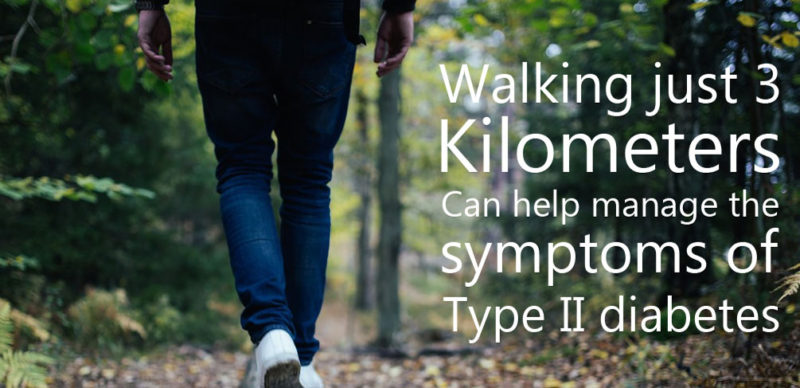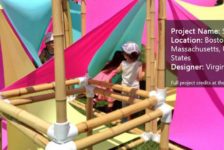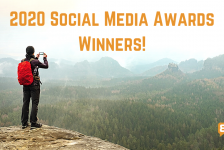Have you ever wondered about the health benefits of landscape architecture? And not just in a general sense but in specific ways, that can truly enhance the lives of individuals. People enjoy being in nature for multiple reasons: to work out, to escape from the stress of everyday life, or to simply breathe fresh air. Others head to the mountains or the woods to find a cure for what ails them and to reap the health benefits of spending time in the great outdoors. Whatever your goal, it is evident that spending time in nature is beneficial to both your mental and physical health. While some of these benefits are well known — such as interacting with nature to reduce obesity and stress — other benefits are still hidden from public knowledge and are being studied by the scientific community. Recent research has shown that spending more time in nature might be much more beneficial to health than we anticipated and can bring benefits in a variety of ways.
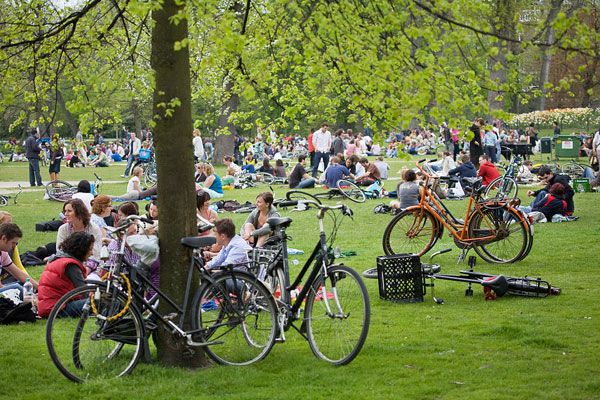
Sunday in the Vondelpark. Amsterdam, The Netherlands. Phot credit: © Jorge Royan. Licensed under CC BY-SA 3.0
Health Benefits of Landscape Architecture
5. Type II Diabetes According to a Japanese study published in the US National Library of Medicine, walking approximately three kilometers a day can help manage the symptoms of Type II diabetes. In this study, blood glucose levels of 87 non-insulin-dependent diabetic patients were examined before and after a three- to six-kilometer walk. The results showed that the mean blood glucose level changed considerably, from 179mg/dl to 108mg/dl. Walking outside is by far more pleasant than trudging on a treadmill, and landscapes architects can easily contribute to a healthier habit and encourage people to control their sugar levels by creating walking trails in parks.
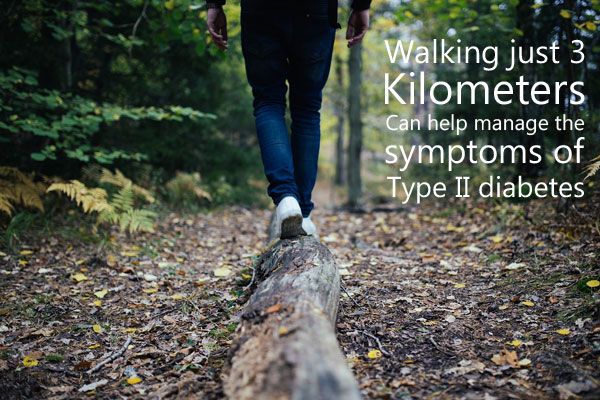
Talk a walk in nature, it may just save your life. Image credit: Licensed under CC0 Public Domain
- How Landscape Architects Are Leading the way in Sustainable Cities
- WARNING: Why You’re Losing Money By Not Using a Green Roof
- The Urban Matrix: How Far Should We Go?
A study by the University of Illinois Urbana covered more than 400 children diagnosed with (ADHD) who frequently played in a variety of environments: a green outdoors, indoors, and outdoors built environments. The results showed that those children whose routine play was in the first environment demonstrated considerable improvement in their ability to concentrate compared to children whose routine play was in the latter two settings.
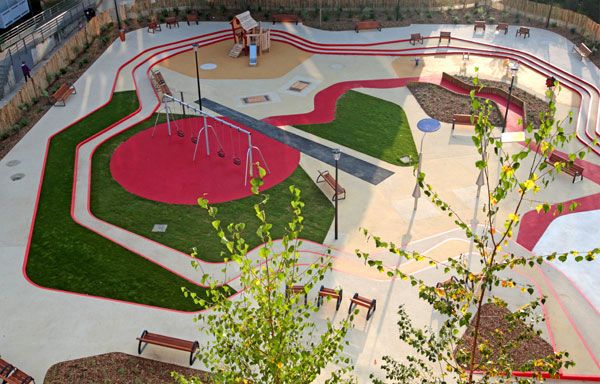
Play can improve concentration. Image: A Toddlers Playground. Photo courtesy of Espace Libre
Horticultural therapy facilitates lower levels of self-engaging behaviors. The Portland Memory Garden is a good example of how memory gardens are being used as treatment for Alzheimer’s. Located in Portland, Oregon, the garden is open for those experiencing memory loss, their families, caregivers, and the general public. All of these facts show us that creating gardens and parks is a valuable way to help support the treatment of diseases that directly or indirectly affect our lives. With this great power comes responsibility: We must design projects to serve the maximum range of uses possible, including serving both healthy and sick people. This is probably the most captivating thing about being a landscape architect — we have the opportunity to change the world in many different ways, and sometimes in a way that we haven’t thought of before. Article by Sarah Suassuna Recommended Reading:
- Designing the Sustainable Site: Integrated Design Strategies for Small Scale Sites and Residential Landscapes by Heather L. Venhaus
- Lifelong Landscape Design by Hugh Dargan


